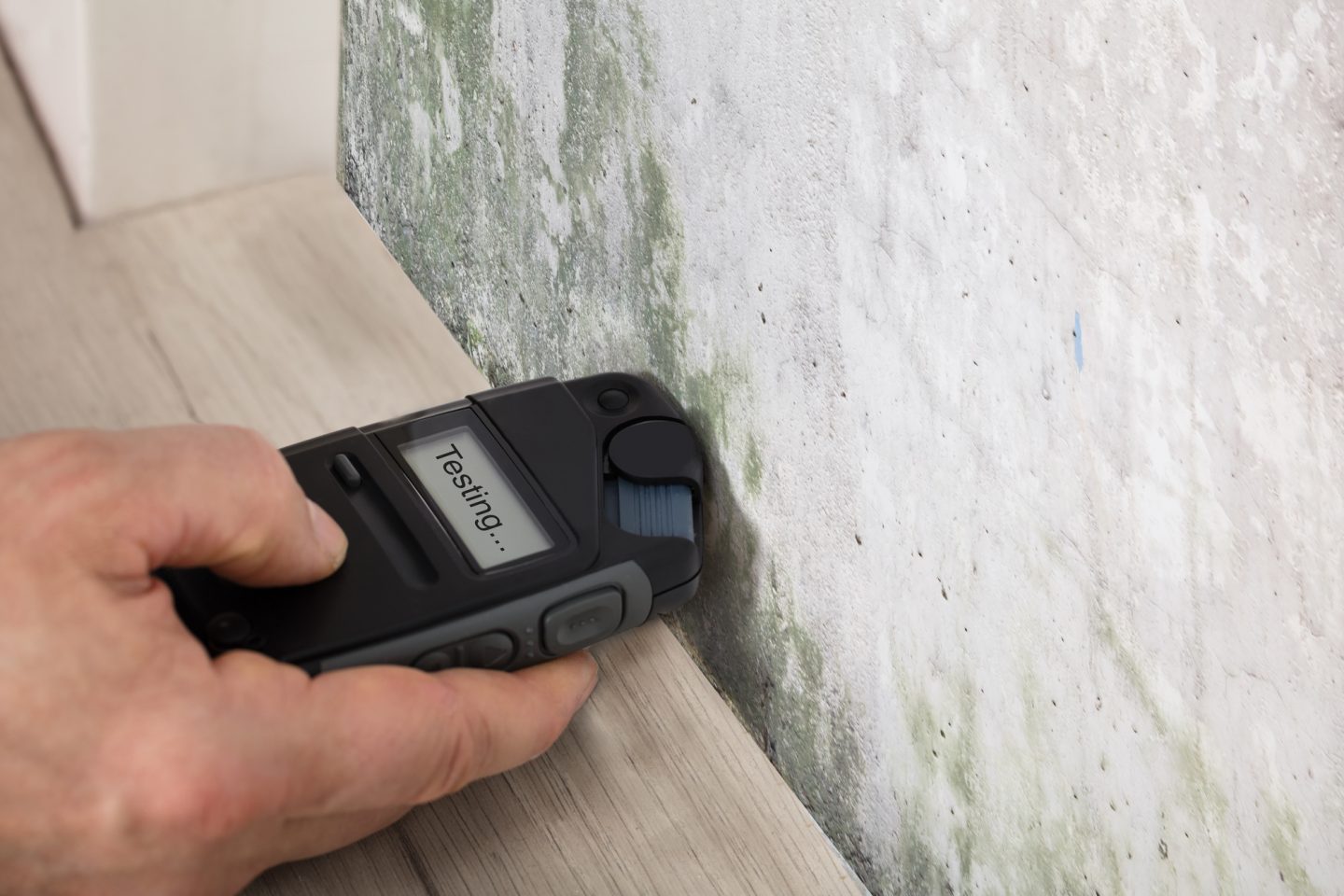
Late fall in Orange County often brings the kind of weather that keeps things damp. After those first steady rains, the air can feel heavier, and indoor moisture levels tend to rise. That is when mold becomes more noticeable or starts growing in places we have not looked at for months. This is one of the most common times we get calls about strange smells, allergy-like symptoms, or dark corners that look suspicious.
Mold inspections in Orange County help figure out if moisture is hiding where it should not be, before any cleanup begins. These inspections are not just about what you can see. They help uncover what is happening behind the walls, in crawl spaces, or tucked up near the roof. If a home feels damp or smells musty after a storm, a mold inspection might be the smartest next step. Here is how the process works and what homeowners should expect.
Why Mold Needs to Be Found Early
Mold does not always show up in the open. It can grow slowly behind drywall or under floors where you will not see it right away. In a lot of homes, the attic or corners of the basement are the first places it appears. These are areas we do not check every day, so by the time something smells off or someone starts sneezing more often, the mold may already be active.
Some common warning signs include:
- Musty odors that will not go away
- Walls or ceilings with soft spots or stains
- Areas that recently had leaks or water damage
The trouble with mold is that it does not just stay in one spot. It spreads where moisture stays trapped. The sooner it is found, the easier it is to clean up. That early check can often make the difference between a simple fix and a much bigger problem.
What Inspectors Look For
During a mold inspection, we focus on the areas where moisture tends to linger. Some places might have had leaks in the past or just do not get much airflow. These spots can hold onto dampness long after rain has passed or a small pipe issue was repaired.
We usually inspect:
- Behind baseboards, under flooring, and inside wall cavities
- Around sinks, showers, or laundry areas
- Inside attics and basements
- Near older windows or inside closets pushed against outside walls
We bring tools along to help with the check. Moisture meters can let us see if water is hiding behind paint or under the surface. Air tests help identify mold particles that are floating around but are not yet visible on surfaces. Everything we find gets documented to get a better idea of the size of the problem. All of this information helps us map out exactly where cleanup should happen once we are done. Restoration Masters uses industry-specific infrared cameras and digital hygrometers to detect hidden moisture and confirm mold growth areas so we do not miss potential sources.
How the Inspection Prepares for Cleanup
The goal of an inspection is not just to spot mold. It sets the stage for cleanup by showing exactly where the problem starts and how far it stretches. That way, we are not guessing or pulling things apart that do not need to be touched.
By understanding the scope first, it becomes easier to:
- Avoid damaging areas that are still dry and clean
- Plan for the right cleanup method, based on how deep the mold has gone
- Keep the work area smaller and safer for everyone in the home
Without this first step, cleanup might miss a hidden patch deep behind the wall. That kind of miss can let mold return a few weeks later, starting the whole cycle again. A solid inspection clears that risk from the beginning.
What to Expect During an Inspection Visit
Most inspections are pretty straightforward. They do not take a full day, and there is not much that a homeowner needs to prepare in advance. Still, we may ask that furniture or stored boxes get moved out of the way near problem areas so we can get better access.
During the visit, expect us to:
- Ask about any past water damage or leaks in the home
- Check along baseboards, under sinks, and inside closets
- Take readings using small hand-held equipment
The whole process is focused on keeping the inspection low-impact. It is all about figuring out what is going on without tearing things apart before we are sure. We approach it with care because this is someone’s home, and health is often involved.
How Seasonal Weather Affects Mold Growth
In November, Orange County usually starts to feel the effects of the cooler season. While we do not get hard winters here, we do get more moisture in the air after the fall storms roll through. That is when homes start to hold onto that extra damp.
Mold does not need standing water to grow. Even leftover dampness in drywall or warm, poorly ventilated spaces can be enough to let it spread.
Here are a few weather-related triggers for mold growth:
- Humid days followed by cooler nights, with windows closed up tight
- Rainwater that seeps into crawl spaces or around old roofing
- Laundry rooms or bathrooms that are not ventilated well
Late fall is a smart time to check for potential mold issues. It gives us a chance to catch them before cool weather really settles in and doors stay closed for days on end. It is also the time when we might start noticing those subtle signs that did not show up earlier in the dry season.
Staying One Step Ahead of Mold
A good inspection gives us more than just a list of trouble spots. It shows where mold is hiding and what might be feeding it, like leftover dampness or ignored leaks. That kind of information helps us stop small problems before they grow into serious ones.
What is important to remember is that we do not need to see mold for it to be a problem. Sometimes the only clue is how a room smells or how we feel after spending time in a certain part of the house. That is why mold inspections matter, especially in places like Orange County where weather shifts quickly from dry to damp.
By getting a handle on it now, we make sure nothing unwanted lingers into the winter months. Planning ahead this season gives us a better shot at keeping homes safe, dry, and comfortable all the way through.
Damp areas or musty smells could be signs of hidden issues behind your walls, especially as cooler weather in Orange County brings moisture to the surface. At Restoration Masters, we recommend proper testing to identify where the problem is coming from before it grows. To learn more about how we handle mold inspections in Orange County and what the next steps look like, contact our team today.





